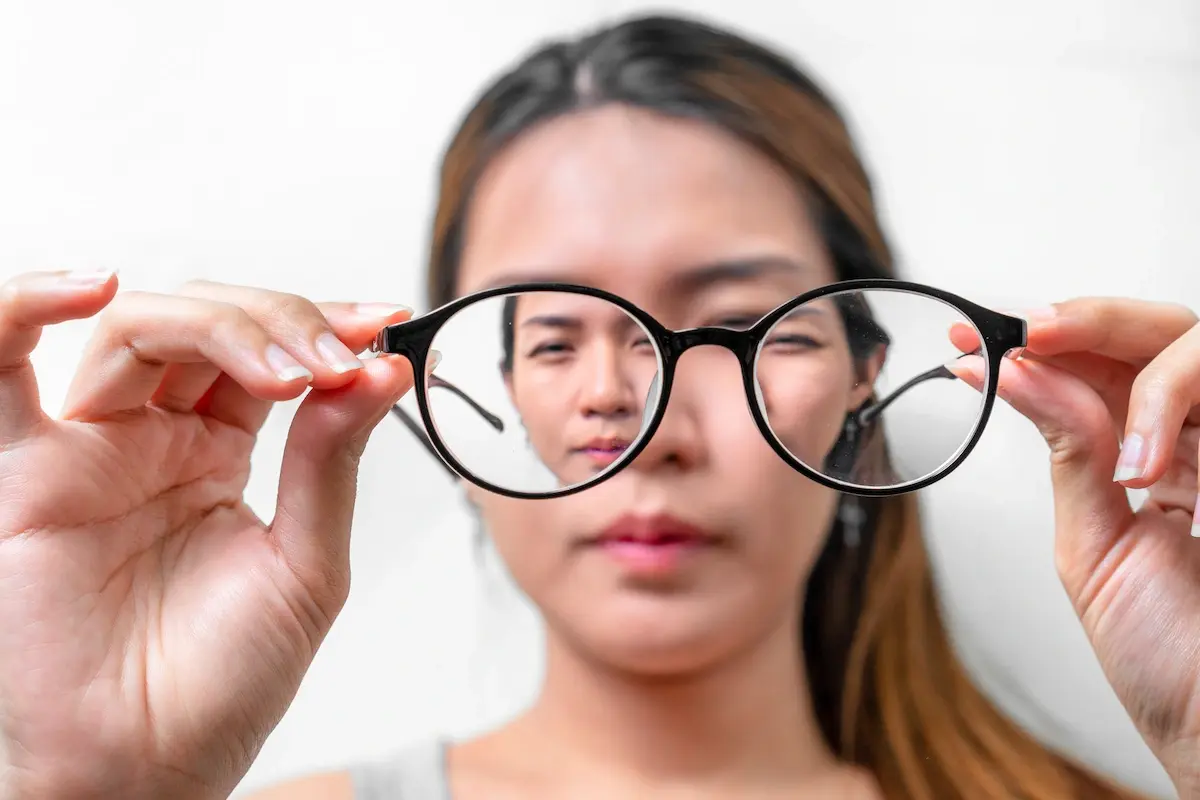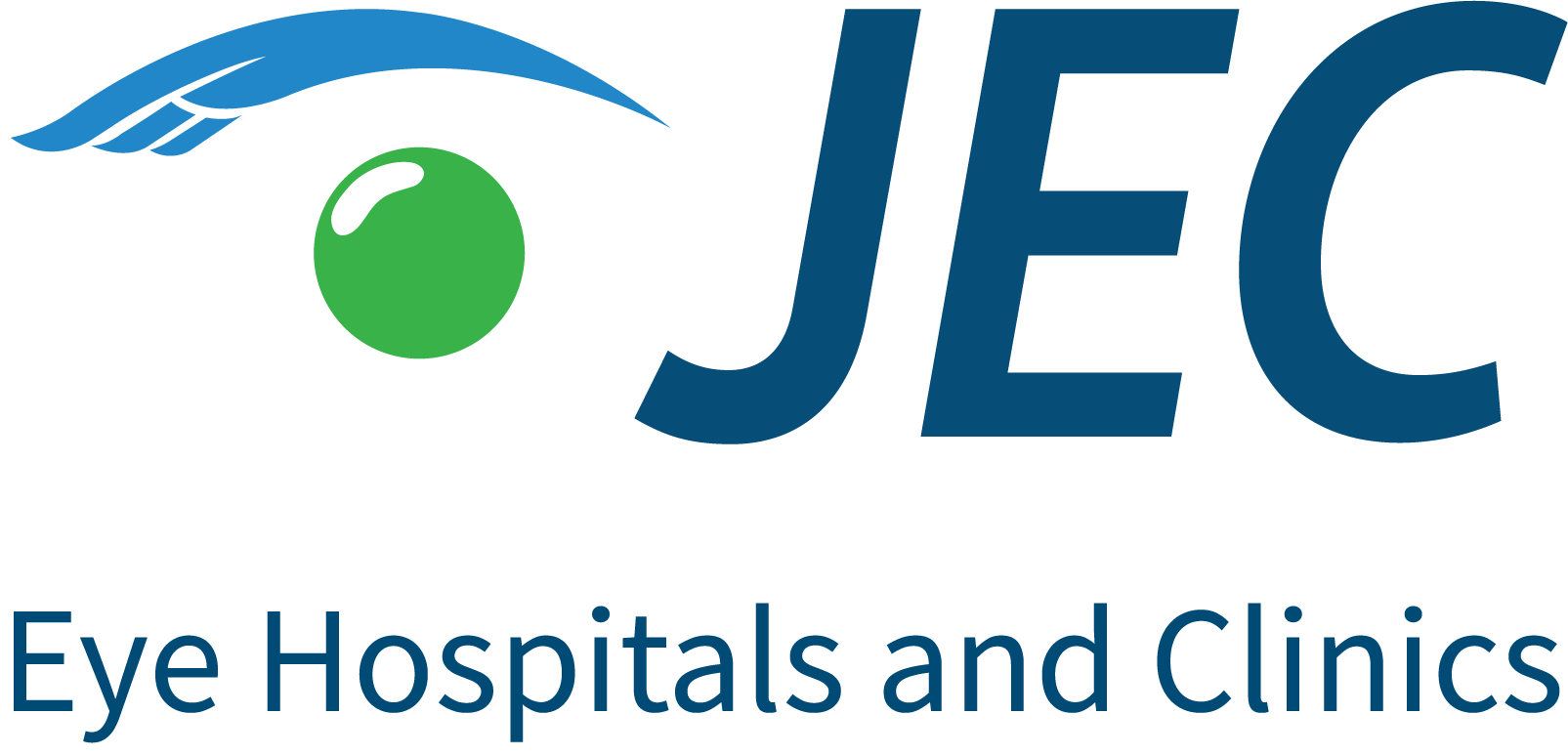Natural Ways to Reduce Myopia that You Can Try

Myopia, or nearsightedness, is a condition in which a person has difficulty seeing objects in the distance but can see objects that are close up. This is caused by a problem with the eye's refraction, which makes distant objects appear blurry. There is no natural way to treat nearsightedness, but there are some actions that can be taken to prevent it.
From a medical perspective, the only way to treat nearsightedness is through surgery. So, there is no natural way to reduce nearsightedness.
Here are some natural ways to maintain eye health:
- When waking up, try to look at an object in the distance for 5-10 minutes to improve focus. This can also be done along with body stretching to keep blood flowing.
- Exercise your eyes regularly by moving them up and clockwise, then counterclockwise. Do this 5 times a day.
- Massage your eyes starting from the eyebrows. Do 20 clockwise rotations and 20 counterclockwise rotations. Then, move your finger to the center of the eyebrows and rotate again. Finally, place your finger under your eyes and massage the area gently.
- Place a pen about 30 cm in front of your eyes and focus on it. Move the pen to a distance of 10 cm and then back to 30 cm. Repeat this 10 times.
- If your eyes are tired, place a piece of cucumber on them while lying in a comfortable position. This can refresh your eyes. Do this for 5-10 minutes.
- Consume foods rich in vitamins A and C, such as broccoli, tomatoes, carrots, spinach, and others.
- Regularly visit an eye specialist to check on the health of your eyes.
- Avoid staying in front of a screen or reading in a dark and close environment for too long.
- Take breaks or pauses when working on a computer or laptop.
- Increase the duration of outdoor activities
The medical treatment for reducing nearsightedness is to use corrective lenses or undergo a refractive surgery. Here are the details:
- Corrective Lenses You can choose between two options: wearing glasses or contact lenses. The purpose of using corrective lenses is to prevent an increase in the curvature of the cornea and the length of the eye.
- Refractive Surgery The next medical action is to undergo a refractive surgery to reduce the need for corrective lenses, whether glasses or contact lenses. The doctor will use a laser to reshape the cornea and restore normal vision. After the surgery, the patient must still wear protective glasses for a few days.
Several refractive surgeries offer good results for people with nearsightedness. One of them is LASIK, which has a faster recovery time.
There is no natural way to reduce nearsightedness. However, you can take preventive measures such as those mentioned above.



 INA
INA